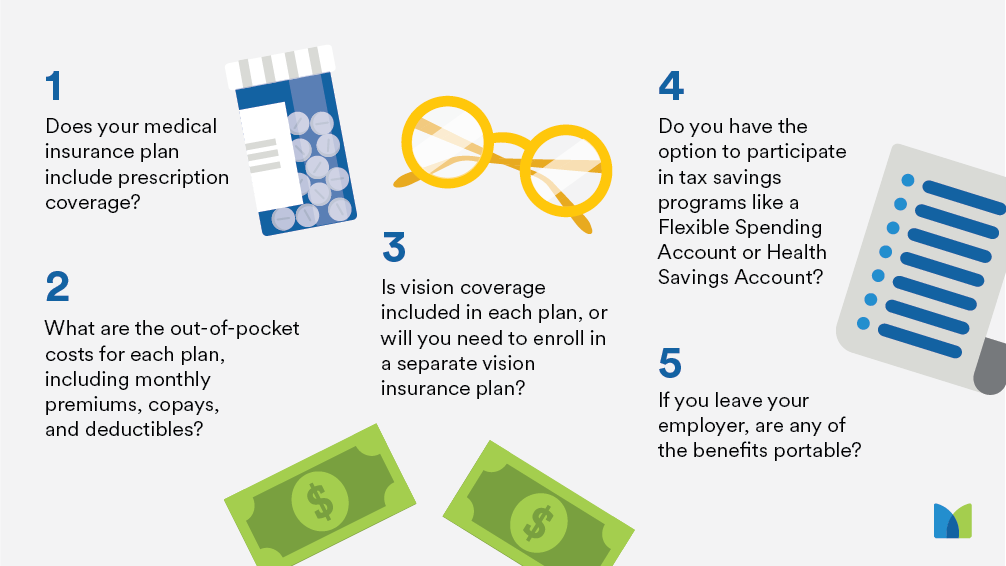An Unbiased View of Medicare Advantage Agent
Table of ContentsUnknown Facts About Medicare Advantage AgentMore About Medicare Advantage AgentNot known Details About Medicare Advantage Agent

follows from puzzling the fairly young age profile of the without insurance with the better health, typically, of more youthful individuals. This obscures the web link between wellness condition and health and wellness insurance coverage. For those without accessibility to office health insurance policy, poor health is a possible obstacle to buying nongroup insurance coverage because such insurance coverage may be extremely priced, exclude pre-existing problems, or be merely not available. The number of uninsured Americans is not specifically big and has not altered recently. 7 out of 10 participants in a nationally depictive study believed that less Americans did not have health insurance than actually do(Fronstin, 1998). About fifty percent(47 percent )thought that the number of people without medical insurance lowered or remained consistent over the last half of the last decade(Blendon et al., 1999). This decline of almost 2 million in the variety of individuals 'without insurance (a reduction
of around 4 percent)is absolutely a positive adjustment. With a softer economic climate in 2000 the most up to date reported gains in insurance policy coverage might not continue(Fronstin, 2001 ). The decline in the number of uninsured will certainly not proceed if the economic climate stays sluggish and healthcare costs continue to outmatch inflation. This is because the information were collected for a duration of strong financial efficiency. Of the estimated 42 million individuals that were uninsured, all but about 420,000(about 1 percent)were under 65 years of age, the age at which most Americans end up being eligible for Medicare; 32 million were grownups in between ages 18 and 65, about 19 percent of all grownups in this age; and 10 million were youngsters under 18 years of age, about 13.9 percent of all children (Mills, 2000). These price quotes of the number of individuals uninsured are produced from the yearly March Supplement to the Current Population Survey (CPS), conducted by the Census Bureau. Unless or else kept in mind, nationwide price quotes of individuals without health insurance policy and percentages of the populace with different type of insurance coverage are based on the CPS, one of the most extensively used source of estimates of insurance policy coverage and uninsurance rates. These studies and the estimates they generate are described briefly in Table B. 1 in Appendix B - Medicare Advantage Agent. These studies differ in size and tasting approaches, the concerns that are asked about insurance coverage
Indicators on Medicare Advantage Agent You Should Know
protection, and the moment period over which insurance policy coverage or uninsurance is measured(Lewis et al., 1998, Fronstin, 2000a ). Still, the CPS is especially helpful since it produces annual price quotes fairly rapidly, reporting the previous year's insurance coverage approximates each September, and since it is the basis for a consistent collection of price quotes for even more than twenty years, permitting evaluation of trends in insurance coverage with time.

Excitement About Medicare Advantage Agent
Over a three-year period starting early in 1993, 72 million people, 29 percent of the united state populace, lacked protection for a minimum of one month. Within a single year(1994), 53 million individuals experienced at the very least a month without coverage(Bennefield, 1998a). 6 out of every 10 without insurance grownups are themselves used. Functioning does boost the probability that one and one's household members will have insurance coverage, it is not a warranty. Also members of families with 2 full-time wage income earners have practically a one-in-ten opportunity of being uninsured (9.1 percent uninsured price)(Hoffman and Pohl, 2000 ). The relationship in between medical insurance and accessibility to care is well established, as recorded later in this chapter. The connection between health insurance coverage and health and wellness end results is visit this site neither straight nor straightforward, a considerable clinical and health services research literary works links wellness insurance policy coverage
to improved enhanced accessibility care, better much better, and improved enhanced and population health wellnessCondition As an example, the second record, on personal wellness end results for uninsured grownups, is represented by the inner circle of the figure, while the 3rd report, on family members wellness, encompasses the topics of the 2nd record yet highlights a different unit of analysis, particularly, the household. The 6th report in the collection will certainly offer details concerning strategies and campaigns taken on locally, statewide, or nationally to deal with the absence of insurance policy and its negative effects. Levels of analysis for checking out the impacts of uninsurance. This conversation of medical insurance coverage focuses primarily on the united state populace under age 65 due to the fact that basically all Americans 65 and older have Medicare or various other public protection.
It focuses especially on those without any health insurance for any size of time. The issues encountered by the underinsured remain in some areas similar to those faced by the uninsured, although they are generally less extreme. Uninsurance and underinsurance, nevertheless, include definitely different plan problems, and the approaches for resolving them may vary. Throughout this research and the five reports to adhere to, the major focus is on individuals without any health and wellness insurance and thus no aid in spending for health treatment beyond what is readily available through charity and safeguard institutions. Medical insurance is a powerful element affecting receipt of care because both patients and physicians respond to the out-of-pocket rate of services. Medical insurance, nevertheless, is neither required nor enough to get to clinical services. The independent and direct effect of health
insurance insurance policy on access to health wellness solutions well establishedDeveloped Others will get the healthcare they need also without health and wellness insurance coverage, by paying for it expense or seeking it from carriers that supply care free or at extremely subsidized prices. For still others, health and wellness insurance policy alone does not guarantee invoice of care due to other nonfinancial obstacles, such as a lack of healthcare companies in their area, restricted accessibility to transport, illiteracy, or linguistic and cultural differences. Formal research concerning uninsured populaces in the USA dates to the late 1920s and very early 1930s when the Committee on the Price of Treatment produced a collection of records about funding physician workplace check outs and hospitalizations. This concern became prominent as the varieties of clinically indigent climbed during the Great Clinical depression. Empirical studies consistently support the link in between access to care and improved health and wellness outcomes(Bindman et al., 1995; Starfield, 1995 ). Having a regular resource of care can be taken into consideration a forecaster of gain access to, as opposed to a direct procedure of it, when wellness my sources results are themselves made use of as access signs. This extension of the notion of gain access to dimension was made by the IOM Committee on Keeping An Eye On Gain Access To to Personal Wellness Treatment Solutions(Millman, 1993, p. Whether parents are insured appears to affect whether their youngsters get treatment as well as how much careeven if the kids themselves have protection(Hanson, 1998). The health and wellness of moms and dads can affect their capability to look after their kids and the degree of family members tension. Stressing over their kids's accessibility to care is itself a source of tension for parents. 3 chapters comply with in this record. Chapter 2 offers a summary of exactly how employment-based wellness insurance, public programs and private insurance coverage run and interact to supply extensive however incomplete protection of the U.S. population. This consists of a review of historic trends and public laws influencing both public and exclusive insurance policy, a conversation of the interactions amongst the different kinds of insurance coverage, and an examination of why people move from one program to one more or wind up
